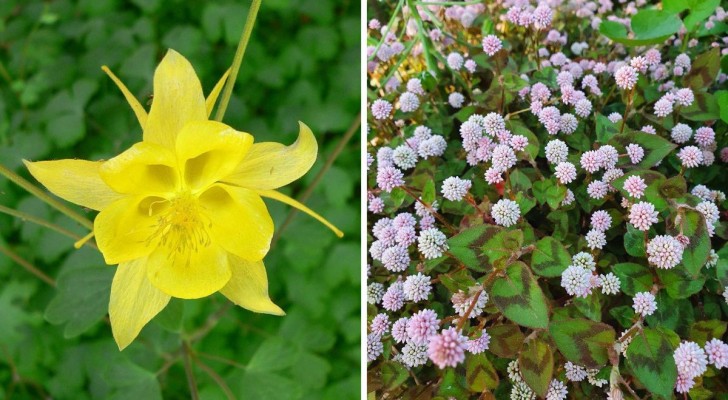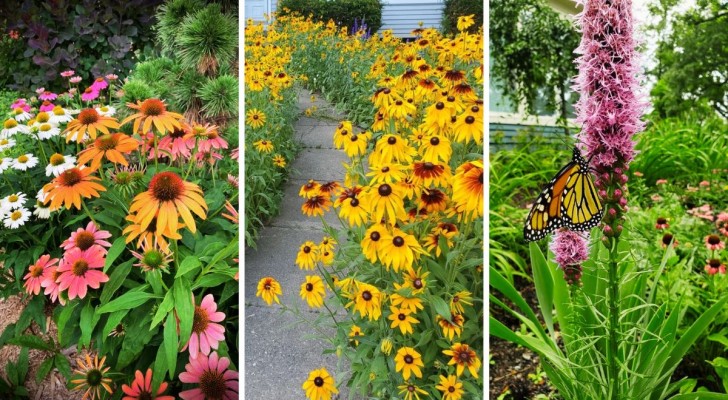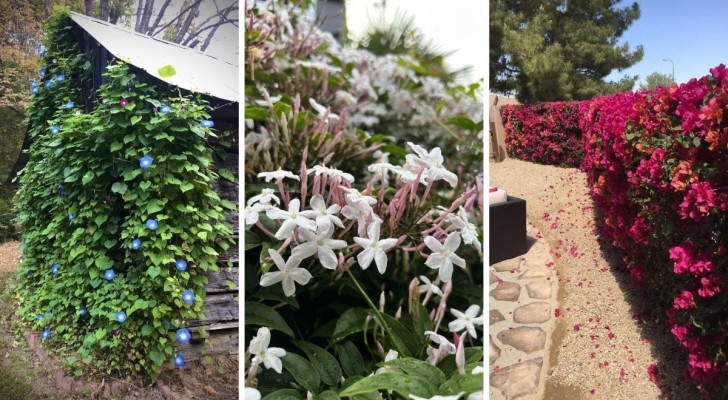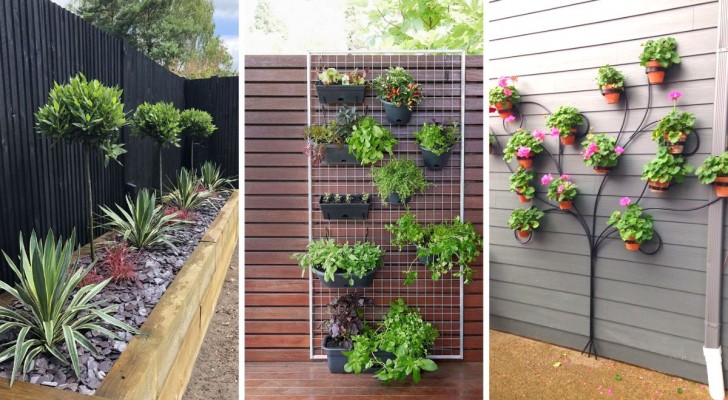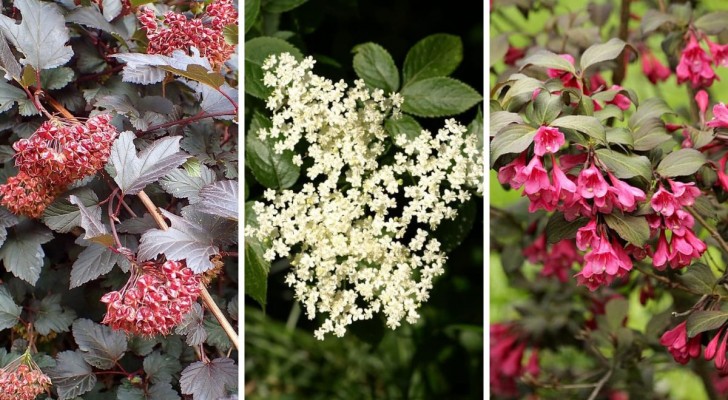Tired of replacing your mulch every year? Use real, living plants instead!
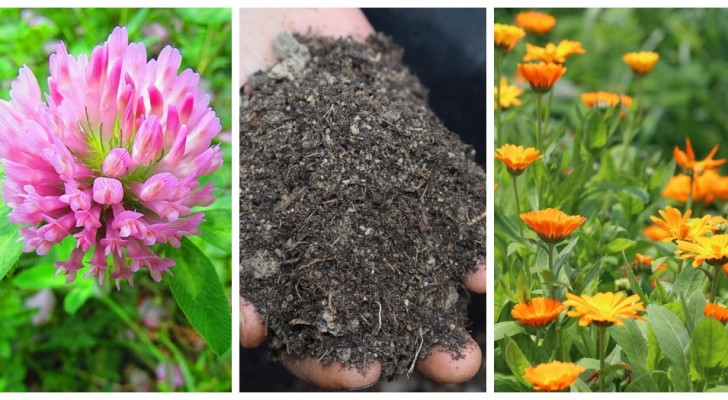
The living mulch technique has long been used in the world of horticulture, but it can also be used in landscaping as an alternative to the organic mulching of garden beds. The latter, in fact, is the covering of the soil around decorative plants by means of natural materials such as tree bark, volcanic lapilli, shredded foliage, branches, and more. It serves to inhibit the growth of weeds, to delay the evaporation of water from the soil, to protect against harsh weather during the cold seasons and, in the particular case of mulch made with biodegradable materials, it also ends up enriching the soil with nutrients useful for plants.
But it is also a periodic task that needs to be repeated every year. Thus, for anyone wishing to try an equally green, but less demanding alternative, there is the so-called living mulch option. Read on to find out more:
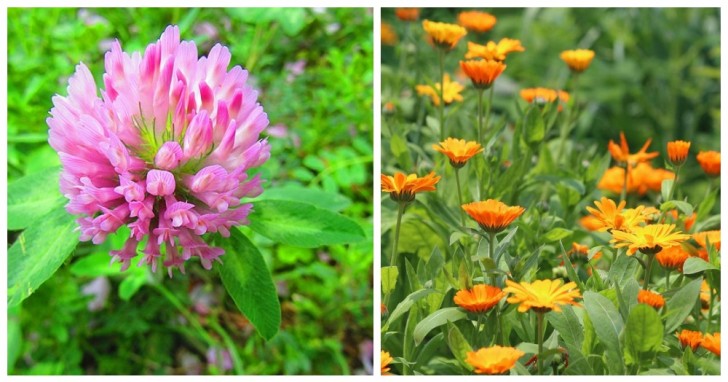
By this expression ("living mulch"), we mean any type of ground cover plant - therefore, this includes perennial varieties that grow by expanding over the ground and remaining low to the surface. Just like in traditional mulching, there are advantages to this approach: the presence of these plants enriches the soil with nutrients, improves porosity, stops soil erosion and, especially when choosing plants suitable for the climate and the area in which you live, they will be strong enough to take possession of the area and without leaving any room for weeds to grow.
This technique comes from the observation that in meadows where the plants grow freely, they all manage to thrive togehter. While in vegetable patches and gardens we force each plant to be isolated from each other, it turns out that there could be a lot of benefit from letting them all grow in the same area together. So, whether it's among vegetable or decorative plants, it might be a good idea to consider growing them all together as a green carpet, so to speak.
What are the plants most commonly used for this purpose? There are a lot of them, including:
- Meadow or violet clover (Trifolium pratense)
- Marigolds (calendula officinalis)
- Dill (Anethum graveolens)
- Wild thyme (Thymus serpyllum)
- Red fescue (Festuca rubra)
The benefits of using the living mulch approach are that it:
- limits the growth of weeds
- helps retain moisture in the soil for longer
- prevents soil erosion
- increases the amount of beneficial microbes in the soil
- produces humus that improves the quality of the topsoil (topsoil is the surface layer of the soil, almost half of which has disappeared in the world in the last 150 years)
- attracts pollinating insects and bees - on which biodiversity of our planet depends
- can be cut down and left on the soil as a fertilizer
- is less stress and effort than having to replace all the mulch every year
It is worth trying this technique in a vegetable patch or in the garden, don't you think?
